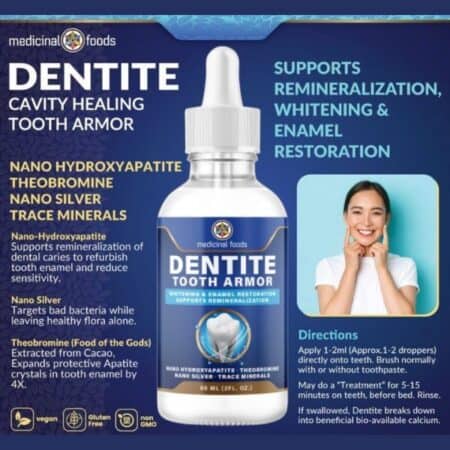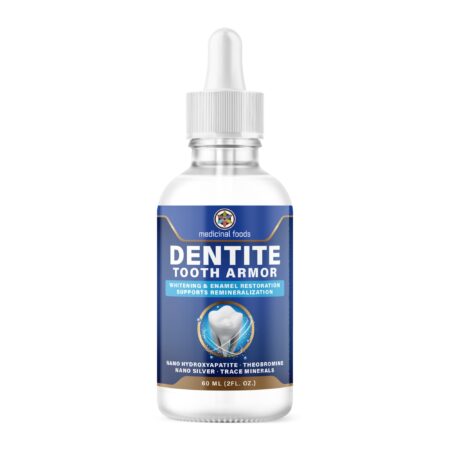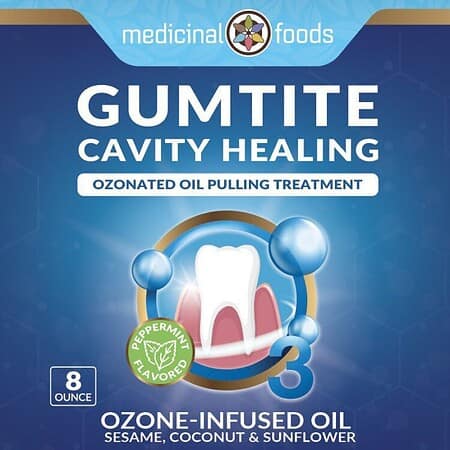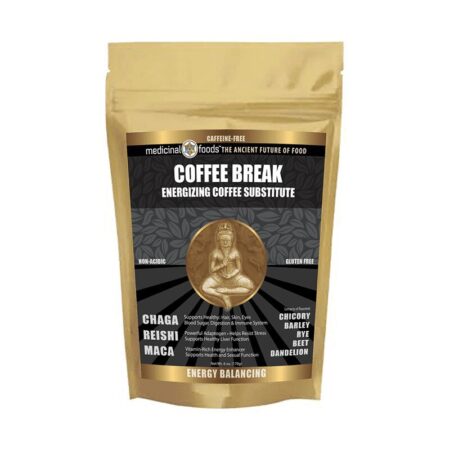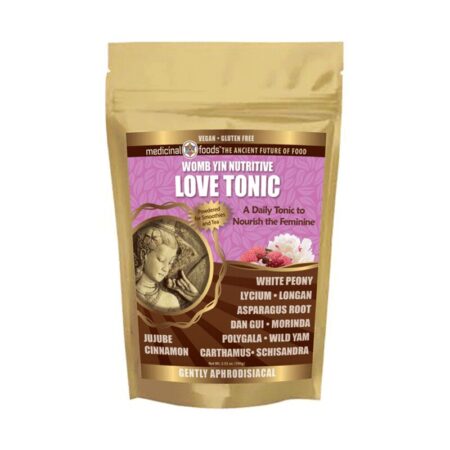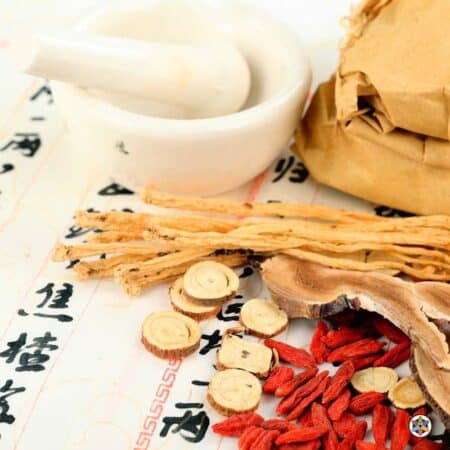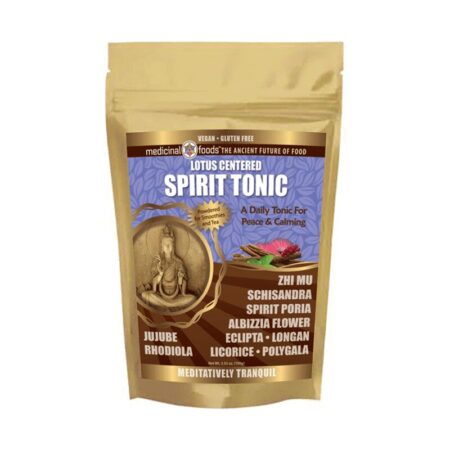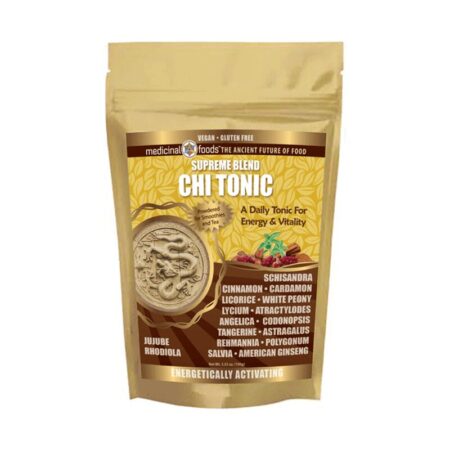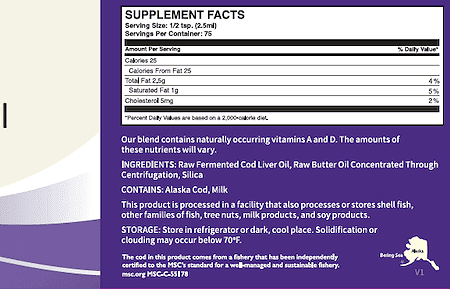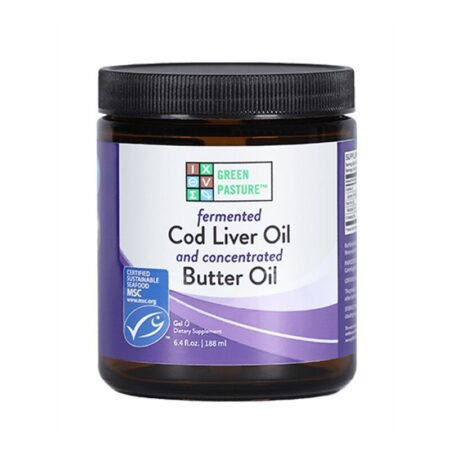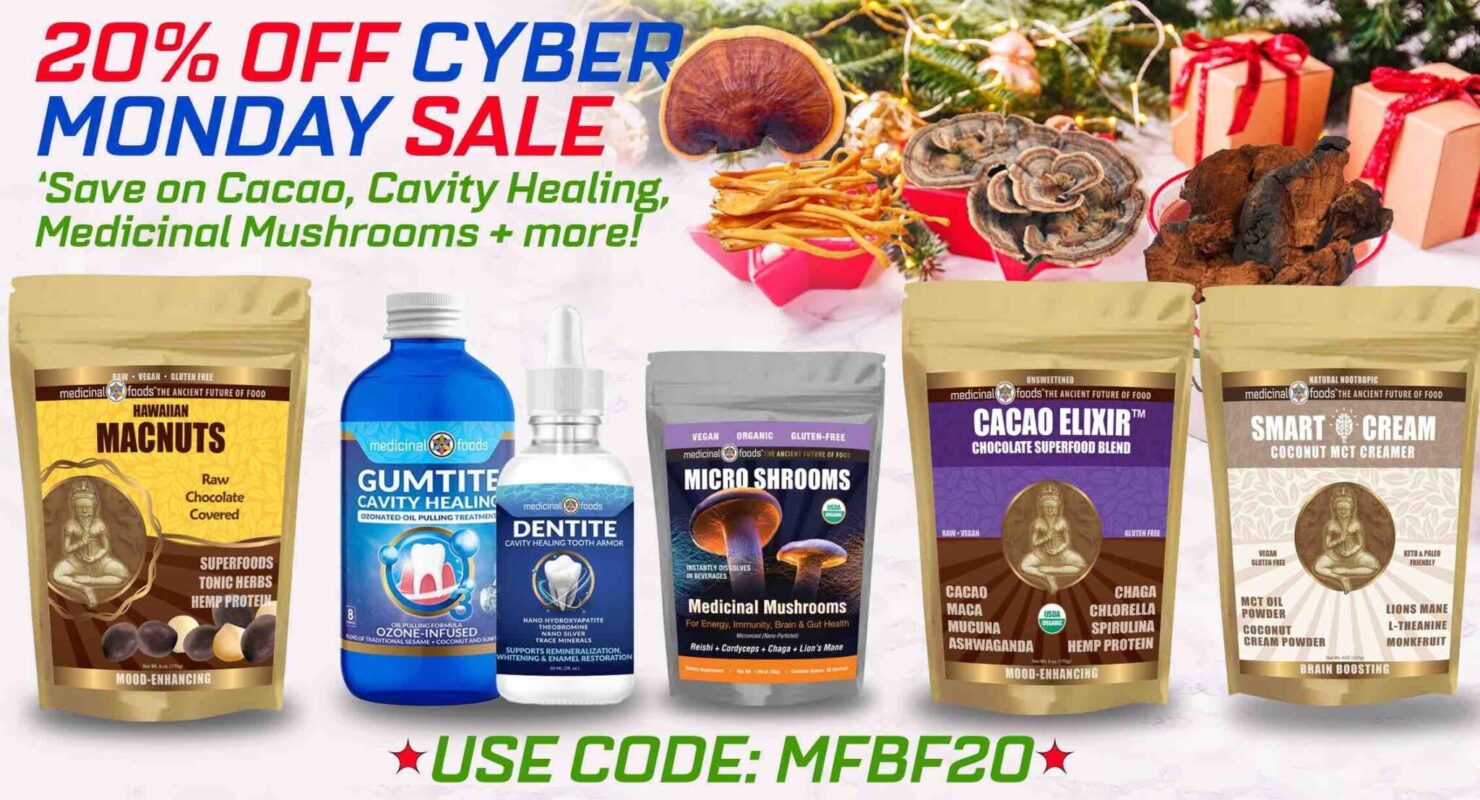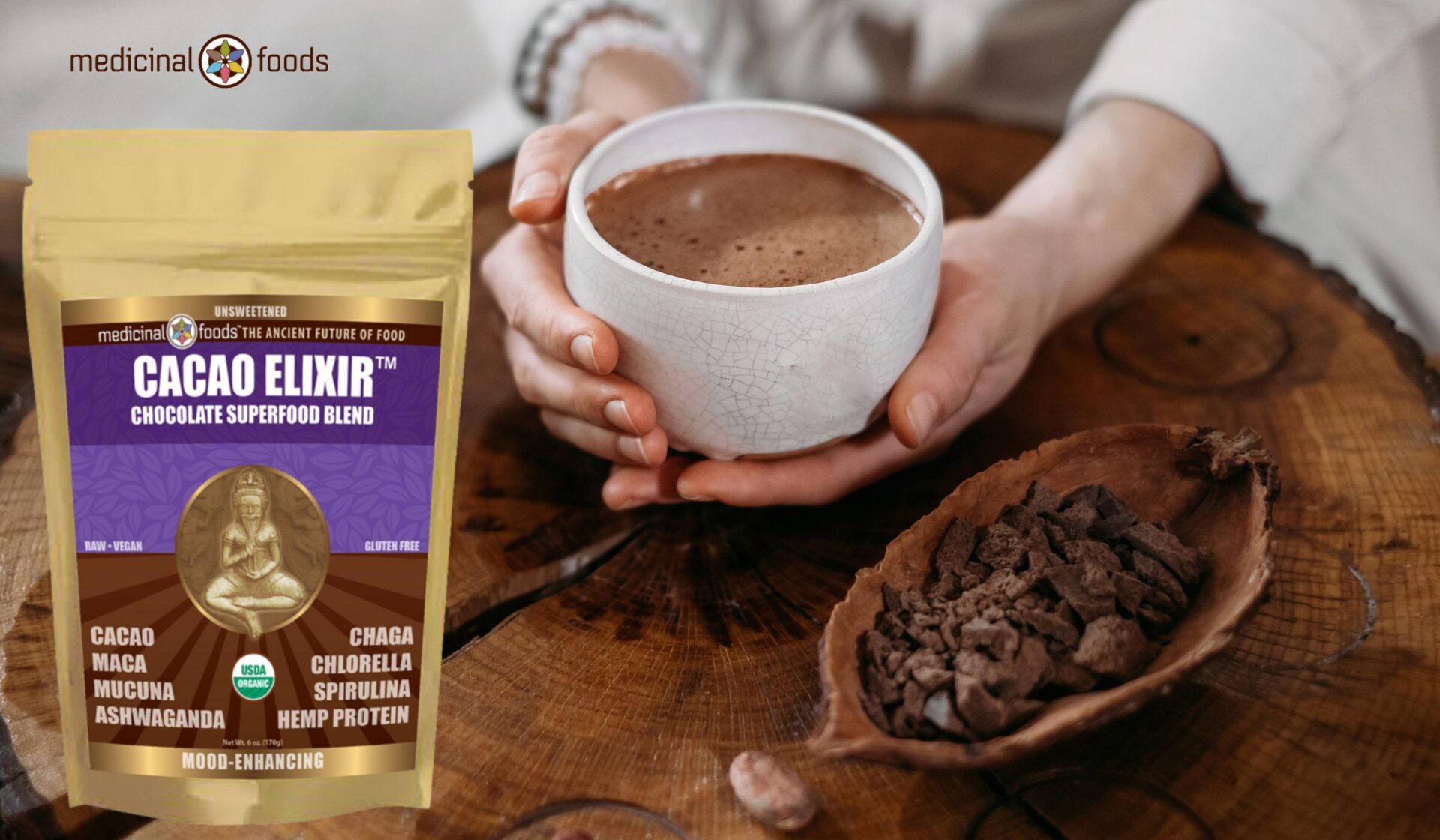The mouth can be one of the most painful and agonizing areas to experience any kind of health problem. So learning how to fix cavities, before and after they form, can be a very useful ability to have.
The teeth are the first step in the digestive process – they crush and break down food particles so they can fit down our esophagus, to be further broken down by the acids in our stomach.
Although they have a similar composition to bones, teeth are not considered bones nor are part of the skeletal system.
Bones have collagen, which is a sturdy but flexible material that can be regrown, replenished, remodeled and reshaped throughout our lives.
While teeth do not have collagen, their mineral abundance and strength likewise fluctuates throughout are lives, depending upon our oral health.
There has been a common but erroneous consensus about teeth, that when they decay they cannot be replenished nor repaired in the same way as our bones.
While it is true that after our baby teeth fall out we are stuck with our adult teeth for the rest of our lives (unless you opt for dentures), we can reverse poor dental health and decay to our adult teeth.
A growing body of evidence suggests that it is possible to rebuild the enamel and remineralize our teeth even after serious decay has taken place.
Inside every tooth is what is called the pulp, and it is made up of blood vessels, nerves and connective tissue.
This pulp is protected by the enamel, which is actually the hardest part of our body. When the enamel is broken down the inner pulp is exposed, causing whatever touches it to trigger sharp pain.
The conventional wisdom is that whenever holes begin forming in our teeth the only way to resolve it is by filling the holes with an artificial material to protect the pulp.
But there are several ways to repair one’s teeth at home when they are showing signs of decay or are becoming extremely painful.
How to fix a cavity at home
A pioneering dentist by the name of Weston A. Price lived in the early 1900s and sought to discover what is the real cause of tooth decay.
He noticed that isolated indigenous tribes rarely suffered from any type of tooth decay whatsoever, and had large white and healthy teeth.
He surmised that the modern diet, rich in sugars and starches, is the cause of tooth decay, chronic diseases, and bone frailty that have only become more common as the decades have progressed since his time.
His work helped pave the way for others to discover the root causes for why our teeth break down.
Today, there is more to the equation, and here are 4 factors that play a major role:
-
Deficiency in minerals, specifically calcium, phosphorus, and magnesium
-
Deficiency in fat soluble vitamins, most importantly Vitamin D, but also A, D, E and K
-
Ingesting too many processed sugars
-
Ingesting too many foods rich in phytic acid
It is essential we brush our teeth at least twice a day, and floss regularly.
But the above critical factors all revolve around our our diets and what we eat, which tells us a lot we need to know for decay prevention.
Bacteria in our mouth, the most common being Streptococcus mutans, eat the sugars found in processed foods, including the sugars found in carbohydrate rich foods, and they convert these sugars into an acid.
These acids will build up and form what is called plaque, a sticky substance that grows around a tooth. Plaque breaks down the minerals in the enamel and gradually the tooth decays.
One of the lesser-known causes for tooth decay is from phytic acid, which is a mineral blocker and enzyme inhibitor. It is commonly found in nuts, grains, beans and seeds.
Phytic acid binds to important oral health minerals, such as phosphorus, calcium, and magnesium, and does not allow the body to absorb these minerals and thus unavailable to be utilized by the body.
Normally, through the process of sprouting and sourdough fermentation, phytic acid gets killed off. Thus, the grains will not prevent mineral absorption are much healthier overall.
It is important to reduce the amount of foods you eat that contain phytic acid, or consume foods that have undergone the ancient method of fermentation and sprouting.
There are other key food groups that help revitalize the body with necessary nutrients and in the process will also rebuild the teeth.
For example, drinking raw un-pasteurized milk is a great way to load up with calcium, vitamin K2, D3, fat soluble minerals, phosphorus, and magnesium.
Grass-fed butter and pro-biotic rich kefir and yogurts are other great ways to remineralize the body and the teeth.
Cavity fixing
Besides modifying one’s diet, there are several other practical methods to reverse tooth decay that can be done at home.
One method is to make a mineral rich toothpaste that contains:
-
Baking soda
-
Coconut oil
-
An essential oil (such as peppermint) for flavor
-
Calcium and magnesium powder
There are many laboratory-produced additives and artificial ingredients in most industrial toothpastes.
Making your own toothpaste is much less expensive over the long run and produces larger batches. Not to mention it will rebuild mineral deposits in the enamel from daily direct contact while you brush.
Another popular method for revitalizing and reversing tooth decay is called oil pulling.
It is done by simply taking a teaspoon of coconut oil, or MCT oil, and swish it around in your mouth for 20 minutes first thing when you wake up in the morning.
People who first begin oil pulling will experience a tired jaw the first couple of times, but don’t let that deter you. Starting with just 5 minutes will get your jaw accustomed to the process.
Also, moving the oil around in your mouth shouldn’t be done rigorously, rather gently and smoothly.
This is an easy and excellent way to detoxify the bacteria that build up in the mouth, especially while we sleep, and is an older method used in Ayurvedic practices from India.
Another way to help remineralize the enamel is through MSM (Methylsulfonylmethane) powder. MSM is a natural sulfuric compound found in some plants.
MSM acts as a muscle relaxant and relieves pain, and has powerful antioxidant properties.
People have had astonishing results relieving toothaches, reversing gingivitis, and even curing root canal infections over the course of several months using MSM.
It is a white powder that can be dissolved in water and swished around in the mouth for a couple minutes. Some people will apply the pure powder directly to sensitive areas for quicker results.
Fighting against tooth decay begins with our diet, and extends into other practical methods that can reverse even the most serious and painful cases of deteriorated oral health.
Learning how to fix cavities does not mean you have to enroll in a dentistry degree program. It can be done right at home and is a great way to boost oral health for the long-term.



